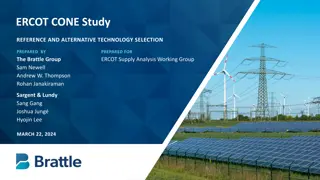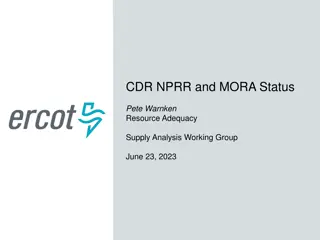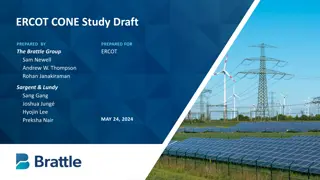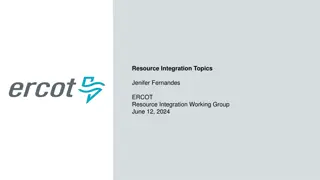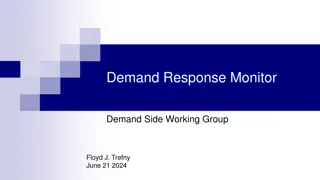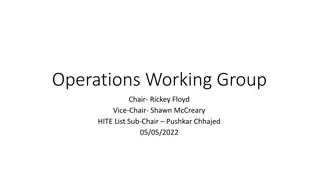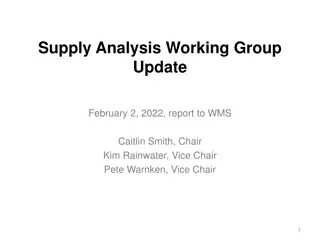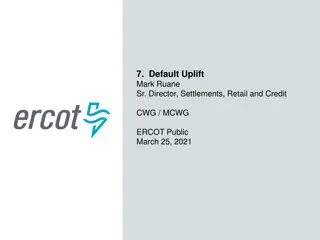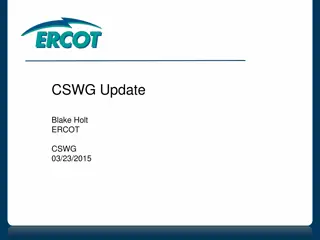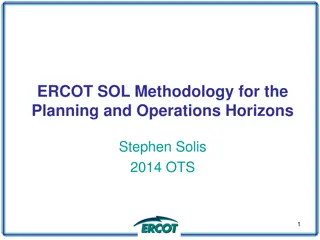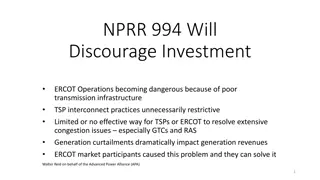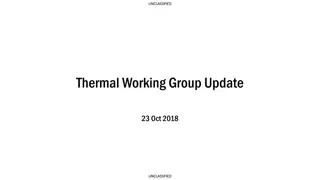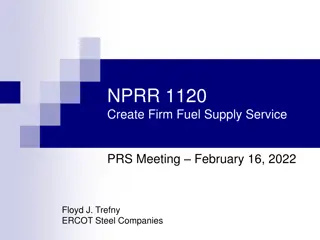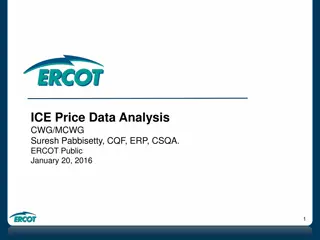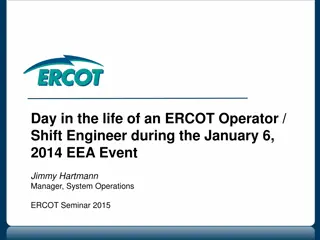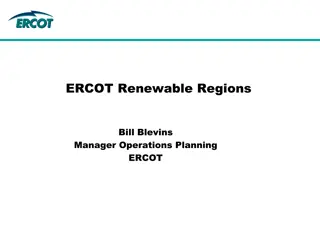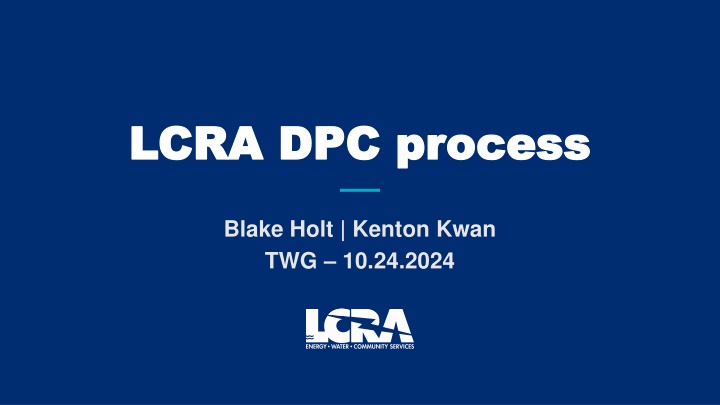
Efficient Management of Equipment Ratings and Submissions Process in Power Grid Operations
Managing equipment ratings and submissions is crucial for maintaining reliability in power grid operations. This process involves ensuring alignment between published ratings and the ERCOT model, submitting DPC NOMCRs with proper timing and documentation, and enabling manual contingencies as needed. Adhering to set procedures and guidelines helps in promptly reflecting changes in the EMS model for operational observance.
Download Presentation

Please find below an Image/Link to download the presentation.
The content on the website is provided AS IS for your information and personal use only. It may not be sold, licensed, or shared on other websites without obtaining consent from the author. If you encounter any issues during the download, it is possible that the publisher has removed the file from their server.
You are allowed to download the files provided on this website for personal or commercial use, subject to the condition that they are used lawfully. All files are the property of their respective owners.
The content on the website is provided AS IS for your information and personal use only. It may not be sold, licensed, or shared on other websites without obtaining consent from the author.
E N D
Presentation Transcript
LCRA DPC process LCRA DPC process Blake Holt | Kenton Kwan TWG 10.24.2024
DPC NOMCR submissions DPC NOMCR submissions Submission scenarios: 1. When an operational line (static and dynamic) or transformer (static) ratings get published by our engineering team and they are different from the ratings in the ERCOT Model. 2. When an operational line or transformer impedances get published by our engineering team and they are different from the impedances in the ERCOT model. 3. We run tools that compare line ratings every month. If we find some discrepancies in the published ratings and ERCOT Model, we submit a DPC to update the model immediately. 4. On the day of energization, only if the ratings and impedances do not match up (very rare situation)
DPC NOMCR goals DPC NOMCR goals Timing - Since we work on capital projects, we try to submit: Standard NOMCRs (4 months ahead of time) for all the new equipment additions. Interim NOMCRs (3 weeks ahead of time) when the for-construction ratings and impedances are published. Procedures set according to rules and guidelines for submission We submit DPC NOMCR with only 1 type of change. If we have ratings and impedance changes, we submit 2 DPC NOMCR. We send out an email as soon as we get the NOMCR submitted to notify the ERCOT network modeling group We attach a DPC request form and reasoning document with the NOMCR Once the DPC NOMCR is processed, we update the EMS model immediately to reflect the change for our operations to observe.
DPC CAMR submissions DPC CAMR submissions Submission scenarios: 1. When equipment is closed or opened that would cause a different set of equipment to operate for a fault. This mainly happens when normally open equipment is closed that would bypass the breakers that would usually operate for a line or transformer fault. We submit a DPC CAMR to enable manual contingencies within 3 business days of the effective date. If a contingency is needed to be created to reflect this new configuration, then we will attach an excel sheet with the proposed definitions(s) in the same CAMR. We will submit a separate DPC CAMR within 3 business days of the configuration returning to normal. 2. When new equipment is being energized while the old equipment it is replacing is still in the model. Since pseudo switches are used, manual contingencies are often needed to correctly define the contingencies since the PGCs (Programmatically Generated Contingencies) are not correct in this case until the old equipment is removed. The definitions for the manual contingencies in this situation will often be submitted in the regular CAMR window as disabled to coincide with the same production load date as the NOMCR that adds the new equipment to the model. Enabling the manuals for when the new equipment actually energizes follows the regular DPC CAMR timeline of 3 days. 3. When active contingencies are noticed to be incorrect and either need to be disabled, enabled, or edited.

